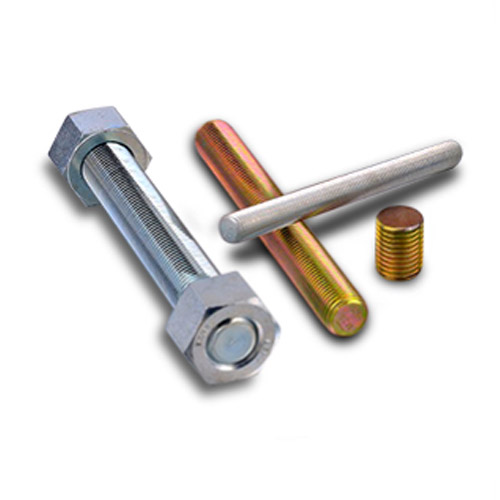Nov . 24, 2024 22:53 Back to list
Truss Head Carriage Bolts for Secure and Reliable Fastening Solutions
Understanding the Truss Head Carriage Bolt A Key Component in Construction
When it comes to construction and engineering, selecting the right fasteners is crucial for ensuring structural integrity and longevity. Among the various types of fasteners used, the truss head carriage bolt stands out due to its unique design and functionality. This article will explore what truss head carriage bolts are, their applications, benefits, and tips for proper usage.
What is a Truss Head Carriage Bolt?
A truss head carriage bolt is a type of fastener that features a rounded, low-profile head with a square neck that prevents the bolt from turning when it is inserted into a pre-drilled hole. The truss head design provides a larger bearing surface, distributing the load across a wider area. This characteristic is particularly beneficial in preventing wood from splitting, making truss head carriage bolts ideal for various construction projects.
Carriage bolts, in general, have been used for centuries and are known for their strength and reliability. The truss head variant, however, incorporates a specific head shape that is optimal for applications requiring a low profile and a neat finish.
Applications of Truss Head Carriage Bolts
Truss head carriage bolts are often used in numerous applications across different fields, particularly in construction and woodworking. Here are some common uses
1. Wood Projects They are ideal for securing wooden structures, such as decks, fences, and furniture. Their low-profile head allows for easy placement, while the square neck provides excellent grip.
2. Metal Connections Truss head carriage bolts can also be used in metal-to-metal connections. They work effectively in applications such as assembling steel frames or securing metal plates.
3. Roof Trusses The design of the truss head bolt makes it suitable for use in roof truss systems, where secure connections are essential for structural stability.
Benefits of Truss Head Carriage Bolts
Truss head carriage bolts boast several advantages that make them a preferred choice among builders and engineers
1. Load Distribution The large surface area of the truss head helps distribute load effectively, reducing the risk of damage to the materials being fastened.
truss head carriage bolt

2. Reduced Splitting The square neck design prevents the bolt from rotating, allowing for a secure fit that minimizes the risk of wood splitting in projects where wood strength is a concern.
3. Aesthetic Appeal The low-profile design ensures that the fasteners do not protrude excessively, contributing to a cleaner and more professional appearance.
4. Ease of Installation Truss head carriage bolts are designed for easy installation. The square neck enables the bolt to secure itself, simplifying the assembly process.
5. Versatility They can be used in various settings, from residential projects to industrial applications, making them a versatile choice for many builders.
Tips for Proper Usage
To ensure that truss head carriage bolts perform optimally, consider the following tips
1. Choose the Right Size Select the appropriate bolt size for your application. The diameter and length of the bolt should align with the materials being joined.
2. Pre-Drill Holes Always pre-drill holes to ensure a snug fit. This practice will prevent any damage to the materials and facilitate smoother installation.
3. Use Washers Incorporate washers when fastening to further enhance load distribution and prevent loosening over time.
4. Tighten Securely Ensure that the bolts are tightened adequately but be cautious not to overtighten, as this can lead to material damage.
5. Check for Corrosion If the project is exposed to outdoor elements, consider using corrosion-resistant materials or coatings to extend the life of the fasteners.
Conclusion
In summary, truss head carriage bolts are essential components in modern construction and woodworking. Their unique design offers distinct advantages in load distribution, ease of installation, and aesthetic appeal. With their versatility and reliability, these fasteners play a critical role in ensuring the safety and quality of a variety of structures. By understanding their applications and following best practices for installation, builders can maximize the effectiveness of truss head carriage bolts in their projects.


